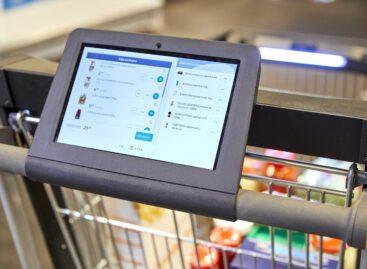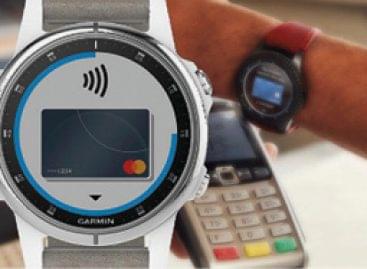What’s on TV?
For the sake of simplicity, try to imagine a store like a TV channel, with categories of products like different programs and the places on shelves like the times when programs are aired. Though category management is most frequently used as a sinonym for determining shelf layout, it is much more than that. Product categories, segments, products, pricing and promotions all have an influence on the image of the store and this image determines whether customers choose to do their shopping there or not. Like successful TV programs influence viewers in choosing a channel, target categories have a major influence on choosing stores. This is why their placement is of crucial importance. However, the respective roles of all other items sold in the store also need to be defined.The multitude of routine categories covers product which are purchased regularly without much thought, like toilet paper, washing powder, tea or mineral water. These are the categories where demand is often flexible. For example, if there is a major construction project nearby, workers from the construction site are likely to appear, generating increased demand for cheap food. A hidden danger in routine categories is the excessive expansion of the assortment. Although this is desirable in the target category, it is an unfavourable development in routine categories, as consumers get confused. Routine categories should be displayed always in the same place, with simple labelling. Nor pricing or promotions are as important as in the target category. When routine categories are handled purposefully, they will not cause disappointment for us, or our customers and will help in developing a sense of confidence and attachment in our customers. This is why they can be useful for building customer loyalty.
Related news
Related news
Hungary has plenty of work to do in the regional “long-distance running”
Based on the ten- and twenty-year trends – one of…
Read more >Consumers hate “dynamic pricing”.
In the past period, customers had to familiarize themselves with…
Read more >NGM State Secretary: the ESG Act strengthens the competitiveness of Hungarian businesses
The aim of the law defining the framework for responsible…
Read more >



